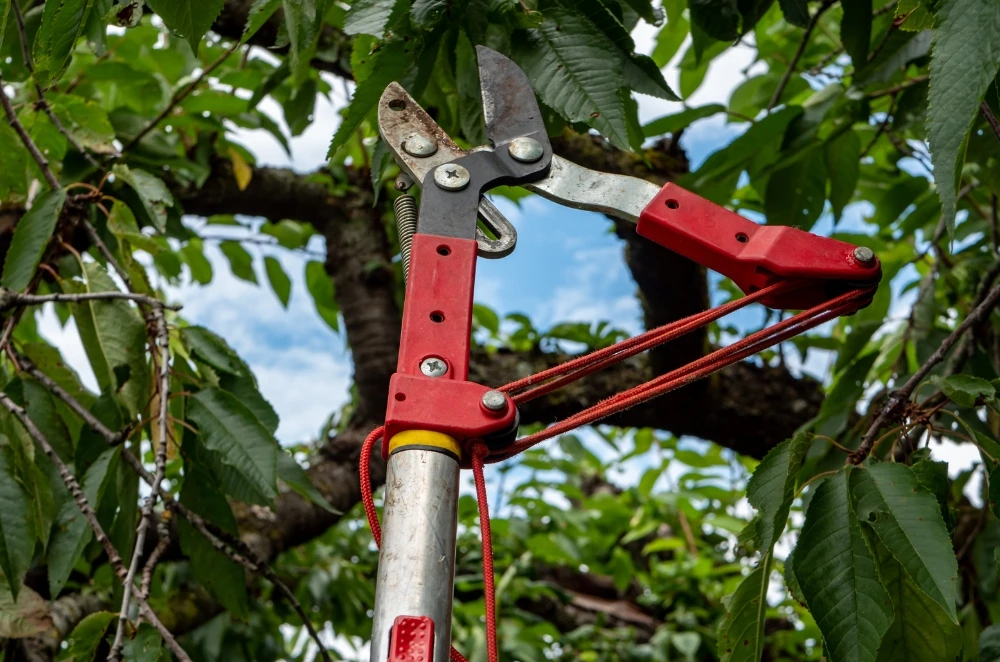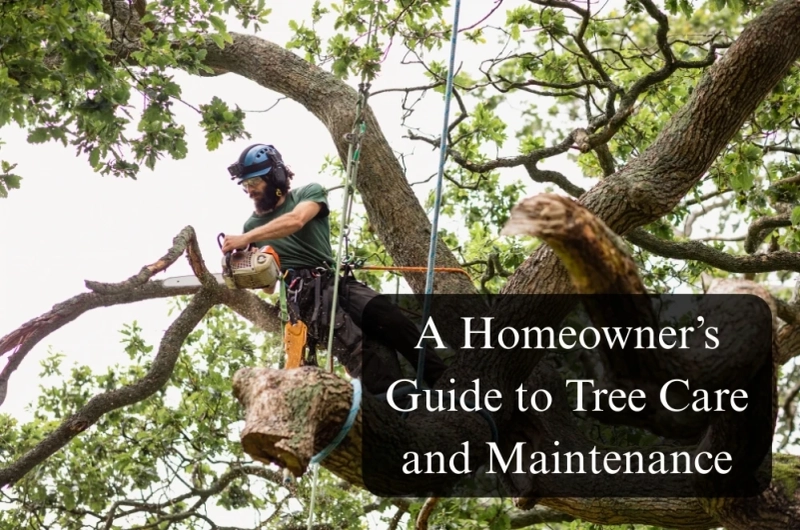Healthy trees make a property feel settled and shaded, but they won’t look after themselves. Branches grow into service lines, roots search for moisture near pipes, and storms test weak attachments. A simple plan—inspection, pruning, mulching, and safe removals when required—keeps the garden livable and the house protected. If you’re weighing up next steps, starting with Melbourne tree specialists helps you understand what’s routine and what’s urgent. The goal isn’t to turn every yard into a project; it’s to prevent small risks from becoming costly clean-ups. Over the years, I’ve seen modest, well-timed work save fences, gutters, and even roof tiles when a northerly rip through.
Read your trees before they shout for attention
A quiet look from the ground tells you more than you’d expect. You’re hunting for imbalance, friction points, and signs of decline long before branches touch the roof.
- Canopy shape: Watch for heavy lean or lopsided growth that hints at structural stress.
- Branch unions: Look for tight V-shapes and included bark where cracks tend to start.
- Clearances: Check rooflines, gutters, and service lines for rubbing or close passes.
- Health cues: Note dieback, fungal fruiting bodies, bark wounds, or oozing sap.
A five-minute walk after rain reveals: leaves droop differently, cracks open, and limbs that normally clear the roof might start brushing in a breeze. Keep simple notes, because a pattern over weeks says more than a single snapshot.
Know the local rules before you cut
Permits and protection overlays exist for a reason: public safety, heritage canopy, and urban cooling. Understanding the basics prevents fines and rework, and it helps you plan work windows sensibly.
- Permit triggers: Know size thresholds, species protections, and setback rules from boundaries.
- Street trees: Treat anything on nature strips as off-limits without council guidance.
- Neighbour impacts: Consider shade, privacy, and shared fences before major reductions.
- Documentation: Keep photos, dates, and arborist notes to support any future queries.
Melbourne’s tree policy explains the aims—cooler streets, safer canopies, and predictable management. Once you know where permits sit, it’s easier to schedule pruning and removals without last-minute surprises.
Seasonal maintenance that pays you back
Melbourne’s weather can flip quickly. A light routine across the year keeps branches balanced, gutters flowing, and roots happy where they belong.
- Autumn prep: Clear gutters and thin risky laterals before winter wind loads arrive.
- Winter structure: Prune for form while deciduous trees are bare and visibility is high.
- Spring growth: Guide new shoots early so they don’t become heavy, awkward limbs.
- Summer resilience: Mulch to hold soil moisture and reduce temperature stress.
These small rhythms are cheaper than post-storm fixes. A quick check after blowy days tells you whether you’ve kept enough clearance from the roof and whether ties or stakes need adjusting on younger trees.
Safety first: how pros reduce risk on site
Tree work sits at the messy intersection of heights, saws, and unpredictable loads. Safe methods keep people and property out of harm’s way, especially in tight suburban blocks.
- Access setup: Plan drop zones, spotters, and clear escape paths around the work area.
- Tool choice: Match cutting tools to branch size to reduce kickback and binding.
- Rigging discipline: Lower sections under control rather than letting gravity decide.
- Surface protection: Shield roofs, pavers, and garden beds from impact and debris.
If you’re weighing whether to tackle something yourself, balanced guidance on choosing a tree removal service outlines the questions to ask about insurance, equipment, and crew experience. Even small removals can go sideways without the right setup.
Pruning, mulching, and root care done right
Most trees don’t need drastic cuts—just timely, thoughtful work that respects how they grow and heal.
- Cut placement: Make target cuts outside the branch collar to support natural closure.
- Reduction, not topping: Reduce back to suitable laterals rather than leaving stubs.
- Mulch layer: Apply 5–7 cm depth, keeping it off trunks to prevent rot and pests.
- Root protection: Avoid trenching near drip lines and spread traffic loads where possible.
Done well, these basics keep canopies stable and soil life thriving. A small amount of mulch and a few correct cuts often outperform big, infrequent interventions.
When removals are unavoidable
Sometimes a tree has outgrown its space, is structurally compromised, or has root conflicts that won’t resolve with pruning alone.
- Risk assessment: Prioritise targets beneath the canopy—roofs, paths, play areas, vehicles.
- Sectional removal: Dismantle in parts to control fall lines in tight urban blocks.
- Stump strategy: Choose a grading depth that suits future planting or paving plans.
- Replacement plan: Match new species to site constraints, light, and water availability.
Profiles of a local tree service typically note access requirements, likely timeframes, and site-protection measures upfront.
Costs, quotes, and avoiding false economy
Tree budgets stretch further when the scope is clear and scheduling is smart. Paying for skill and set-up beats repairing fences and gutters later.
- Itemised quotes: Ask for line items on access, rigging, disposal, and traffic control.
- Timing advantages: Book structural work outside peak storm seasons where practical.
- Bundle tasks: Combine nearby trees or services to reduce repeated setup costs.
- Aftercare plan: Include a follow-up to check wound response and canopy balance.
I’ve seen a single unplanned drop dent a colourbond panel and turn a cheap cut into a costly repair. Calm planning keeps the day predictable.
Bringing it together at home
Good tree care is mostly quiet work: a steady trim here, a mulch top-up there, and an occasional removal when a species no longer fits the space. Start with a calm look from the ground and note what changes after wind or rain. If a limb seems heavier on one side, or a branch starts brushing the roof, add it to a small list and act before the next front rolls through. Know where permits sit, keep your gutters honest, and book help when the job leaves ground level. With that rhythm in place, trees become what they should be—shade in summer, light in winter, and a backdrop to daily life rather than a source of stress.


